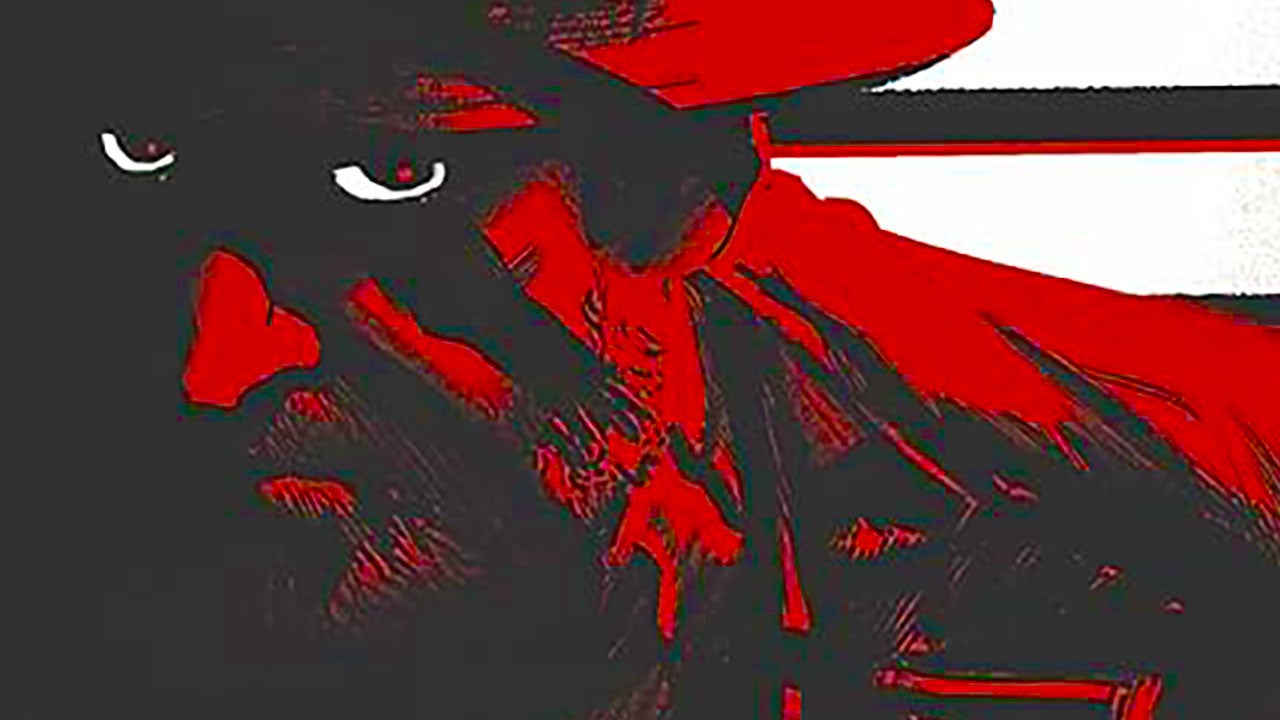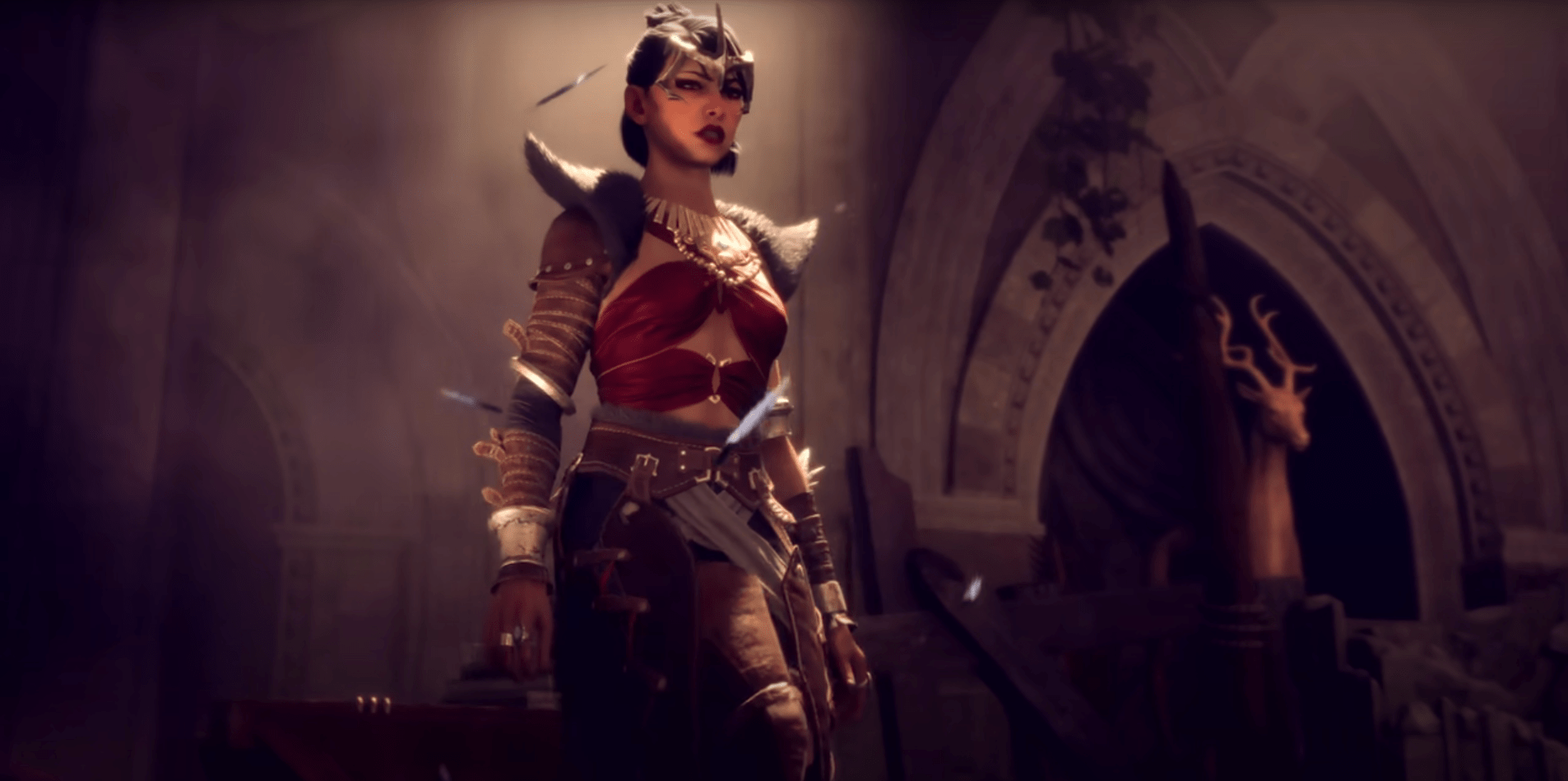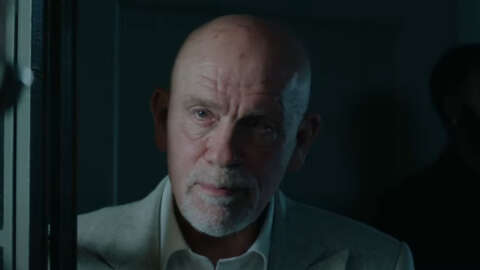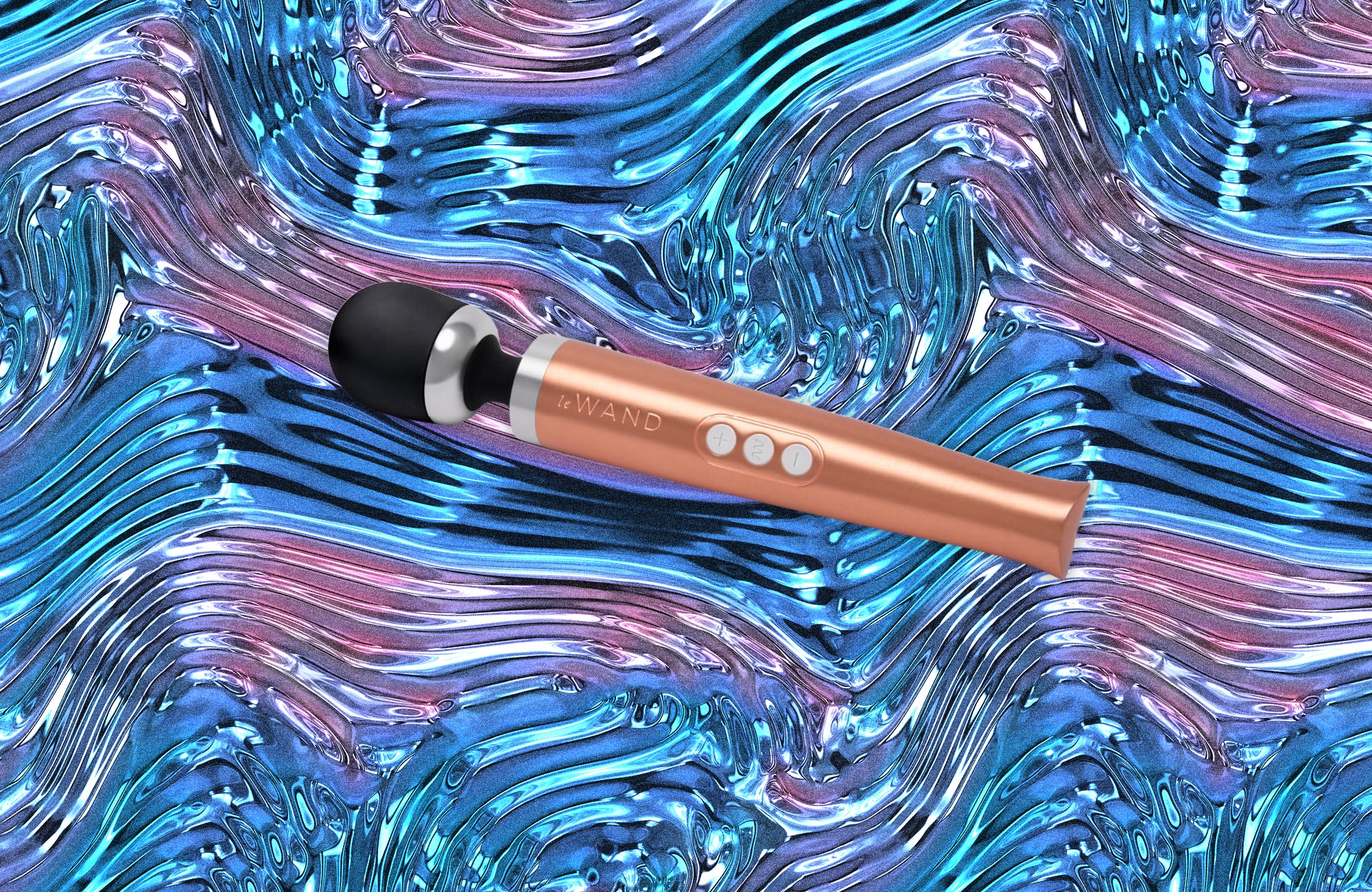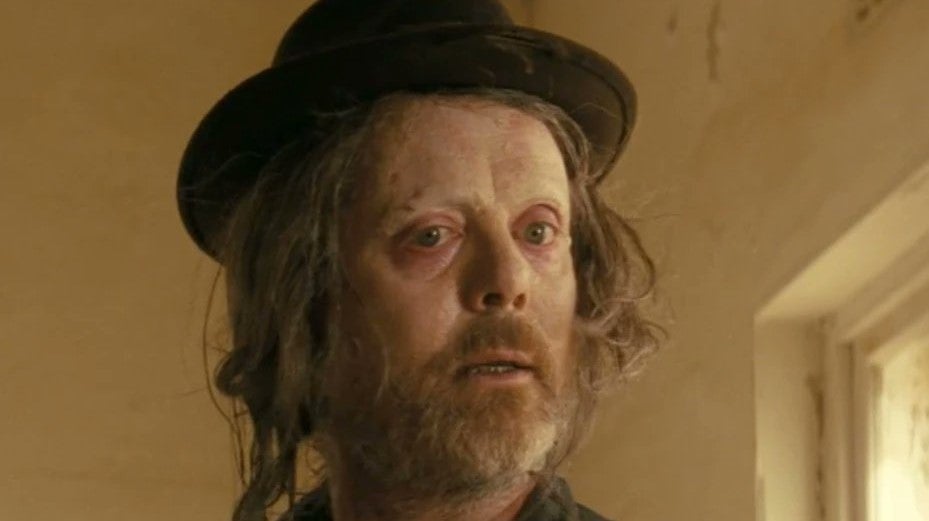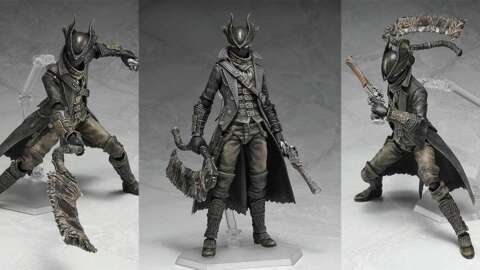“I'm not prone to this sort of thing.”
So says Frank Miller when asked about the new documentary which chronicles his trailblazing career, as well as the highs and immense lows of his personal life. The film, Frank Miller: American Genius, premieres on June 10 with a one-night-only theatrical screening in Los Angeles that will screen simultaneously in Cinemark theaters nationwide.
Directed by Silenn Thomas, CEO of the artist’s production company Frank Miller Ink, the doc is an exploration of Miller’s incredibly successful multimedia career. The roster of people interviewed in the movie, from filmmakers Zack Snyder and Robert Rodriguez to comics legends like Jim Lee, Neal Adams and Jim Shooter, signifies how Miller’s impact extended far beyond comic books and into Hollywood. It’s an influence that can’t be overstated. Given that, it’s surprising that it took this long for a documentary about this seminal creator to be made.
“I don't know [if I’ve been approached before],” Miller says during a conversation with IGN. “In this case, the trust factor was absolutely important. I’ve known Silenn a long time, and I trust her abilities as a filmmaker and I absolutely trust her as a person, so I basically threw the doors open and gave her total access.”
Miller, who co-directed Sin City and helmed the live-action adaptation of Will Eisner’s The Spirit, says he’s proud of Thomas’ debut film effort. “I think what she has achieved with this is not just doing a comprehensive piece on my career, but also of my world, which is one thing that I told her I wanted her to do,” Miller says. “I said I wanted a real picture of my tribe in action, and she spared no effort in doing that. I believe it introduces the viewer to the world of comics and fandom in a way that I don't think it's been done before.”
From his breakthrough run on Daredevil and his 1982 Wolverine limited series to 1986’s The Dark Knight Returns, as well as creator-owned works like Give Me Liberty, 300 and Sin City, Miller was the driving force behind a seismic shift in the comics world that brought respectability to the medium, as well as massive commercial success. Miller remains bemused by how his career turned out, given that he broke into comics in the late 1970s, an era when the industry was on the verge of collapse. “My perspective is fascinating,” he says. “Because when I first came in, the general word of the first years that I worked in comics was that I was wasting my time because there wouldn't be any comics in another year or so.”
Before he landed Daredevil, Miller’s time at Marvel involved churning out covers for titles ranging from Captain America to Rom. The comics industry was much smaller then, and being easily available was often key to getting work.
“Everything back then was done in New York, and essentially one of the reasons I did all those covers [for Marvel] was that the guy who was normally doing them, Dave Cockrum, needed some time off,” Miller says. “For some reason, Jim Shooter, who had trained me a lot about how to do the covers, asked me to come in and fill in. And so I did for a while.”
The documentary spotlights not just the impact Miller had on comics creatively, with his unusual layouts and storytelling elements, but also how he helped shift the power dynamic in favor of the talent behind the books.
During his heyday, he wielded his clout to secure more favorable terms from publishers. When he took his 1983 dystopian samurai story Ronin to DC Comics, Miller was one of Marvel’s top guns. He could have handpicked just about any project he wanted. What he chose was to be a free agent, a ronin of the comics industry. “It was almost like being on a sports team back then. Like if you were part of the New York Yankees, you didn't just go to work for another ballclub,” he explains. “That was the way things worked in comics back then, and I was looking for greater control over Ronin than I had over [at Marvel]. At the time Jenette Kahn was running DC and she was very open to work that was more experimental and was pushing the boundaries a bit more, and so it just worked out that way for me.”
Miller’s move opened the doors for other creators to take their talents from one company to another. But while he’s proud he helped enact change in a business that hasn’t always treated its talent well, Miller says it was not why he did it.
“I'm not claiming I was out to save the world,” he says. “It had been on my mind precisely because I wanted it. For me, I thought it was a better way of doing business and a better way of doing comics. I was out to affect the comics business so it was more a place that I wanted to work in.”
Miller credits his mentor, the late artist Neal Adams, for teaching him to pay attention to the business side of art, “about matters of copyright and trademarks and on positioning ourselves as people who really would leave a legacy when we worked rather than simply coming in and polishing somebody else's car on a regular basis.
“We have to pay attention to it,” Miller continues, “because goodness knows everybody else does. It’s part of the game, and you don’t want to be the one that isn’t watching out.”
Thanks to his iconic run on Daredevil, Miller is inextricably linked to New York City and all its moods and shadows. He still calls the city home, in fact. The documentary, however, reminds viewers that he was raised in rural Vermont. Along with his high school teacher, his brother Steve is also interviewed in the documentary about their childhood in Montpelier. Miller credits his sibling for helping spur his interest in the creative arts. “We wanted this to be a complete portrait [of my life], and my brother Steve was the first artist in the family,” he explains. “Back when I was doing my earliest amateur comics, he was doing comics of his own. We were always the explorers and more the artistic types.”
Flawed, damaged heroes are an essential part of the Frank Miller oeuvre. Frank Miller: American Genius depicts a complicated artist whose creative genius also spawned personal demons. The idea for the documentary dates back nearly a decade, following what is described as Miller’s near-death experience. In the movie, Miller discusses the alcohol abuse that derailed his career for several years, and the physical and emotional toll it took. It was something he felt he needed to do to achieve the complete portrait he wanted the film to be.
“When Silenn first proposed this project, I gave her total access and did not restrict her on what we would talk about or what questions she would ask,” Miller says. “And I did my best to be honest in my answers, and she believed this was an important part of the story, and I agree.
“I did not want this to be just a commercial for me or my work. Her ambitions and my ambitions [for the film] were much higher than that.”
